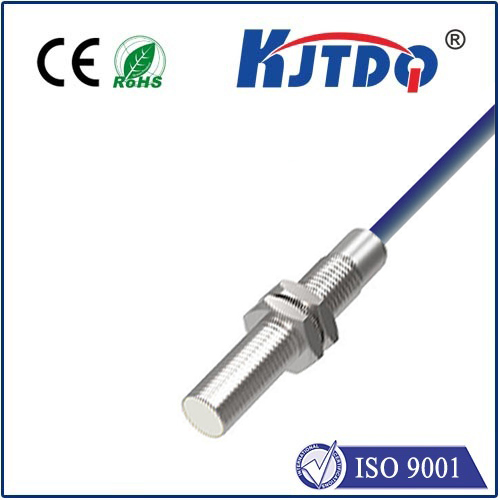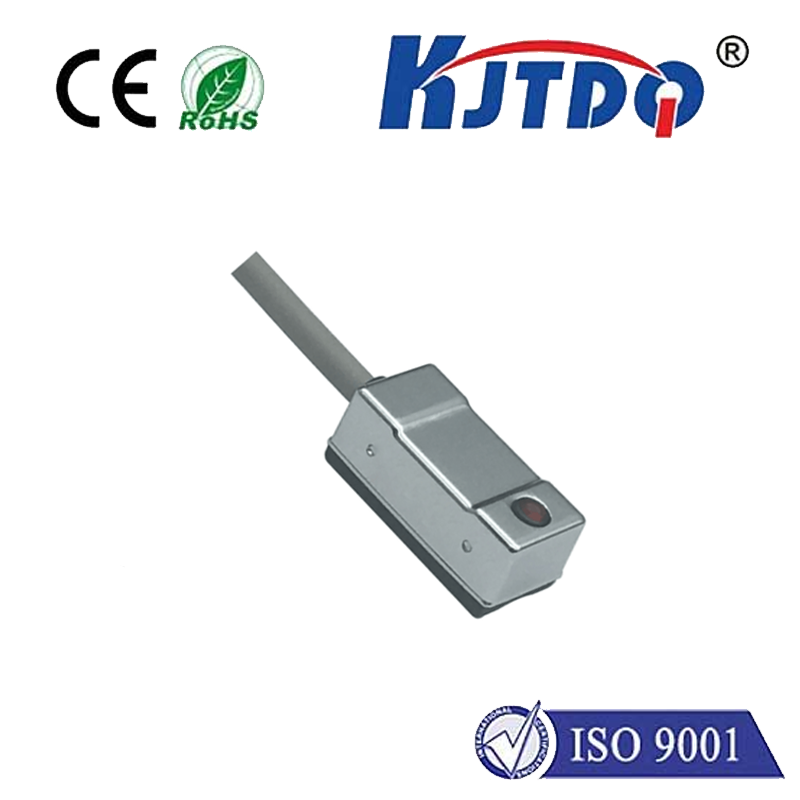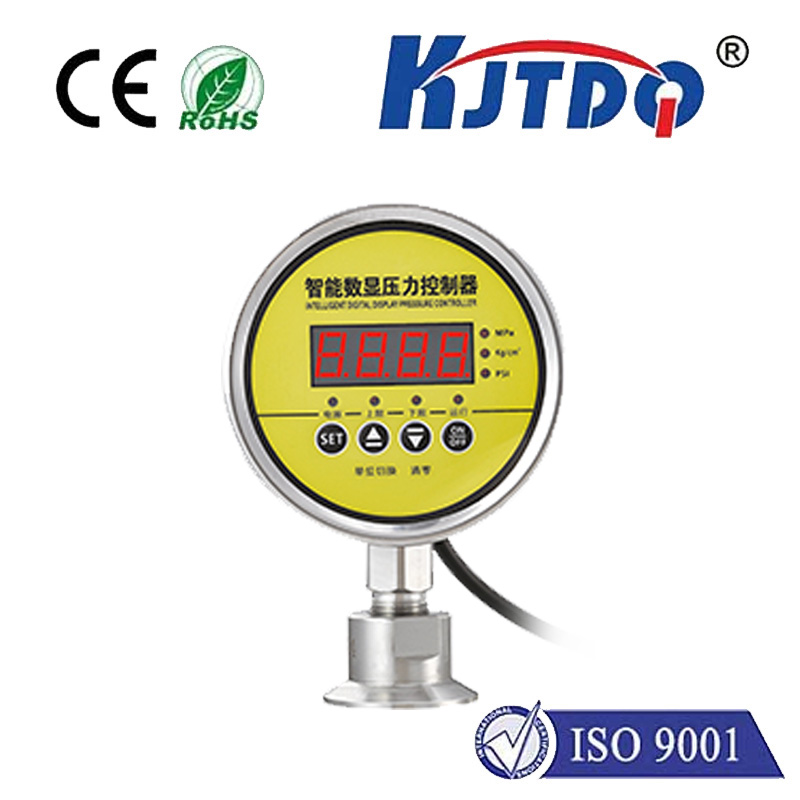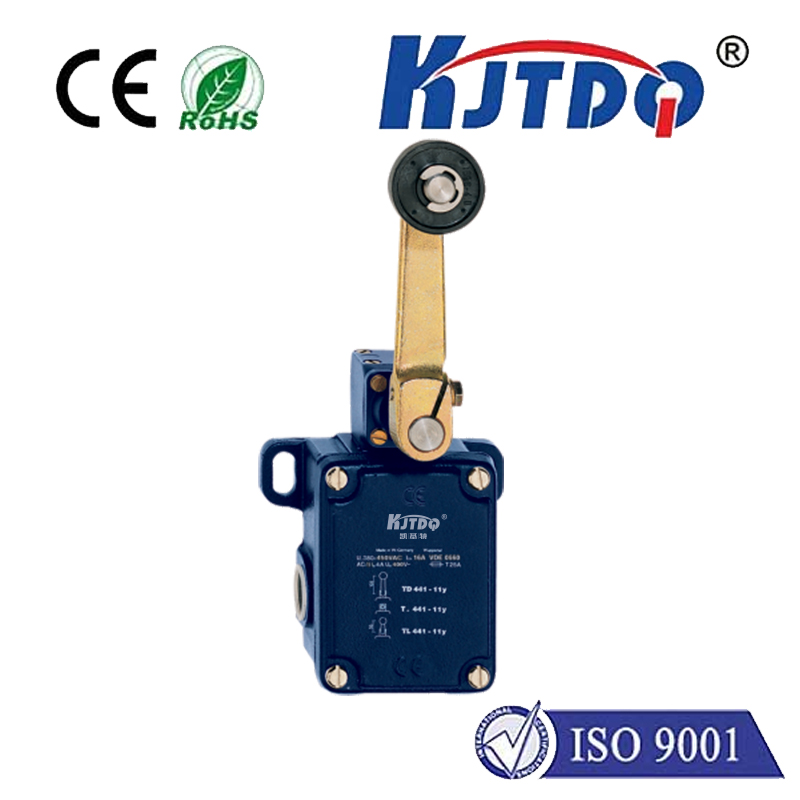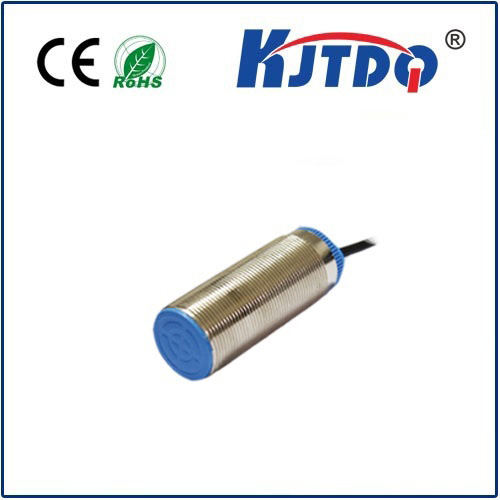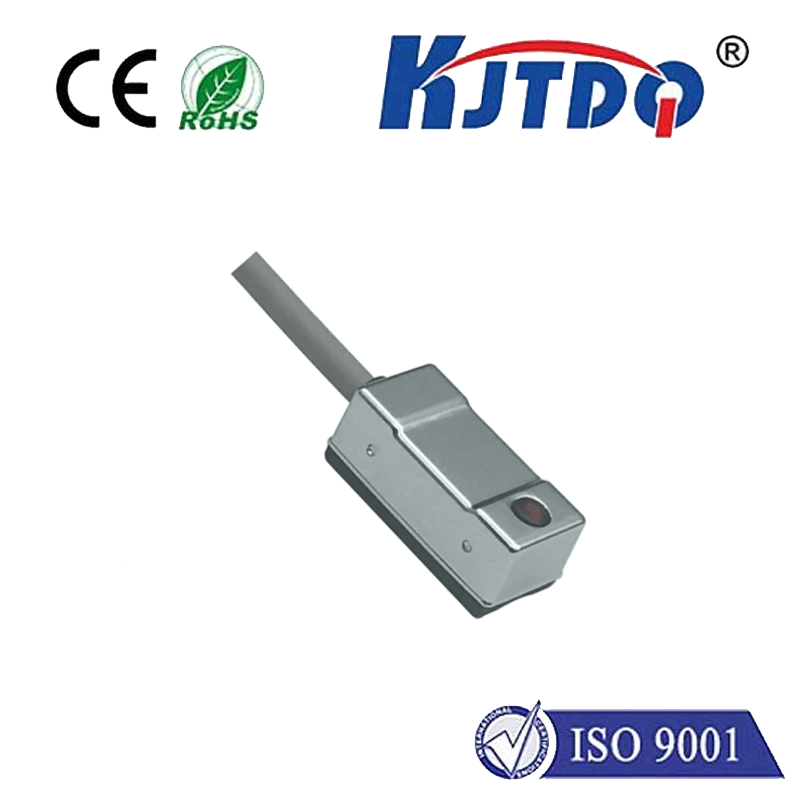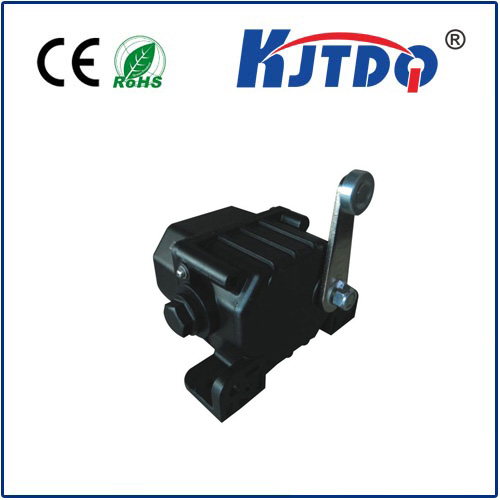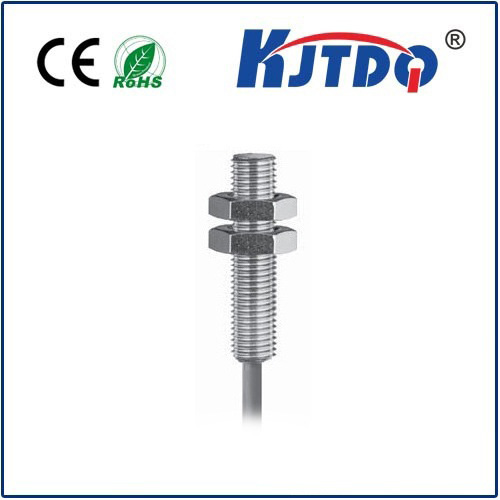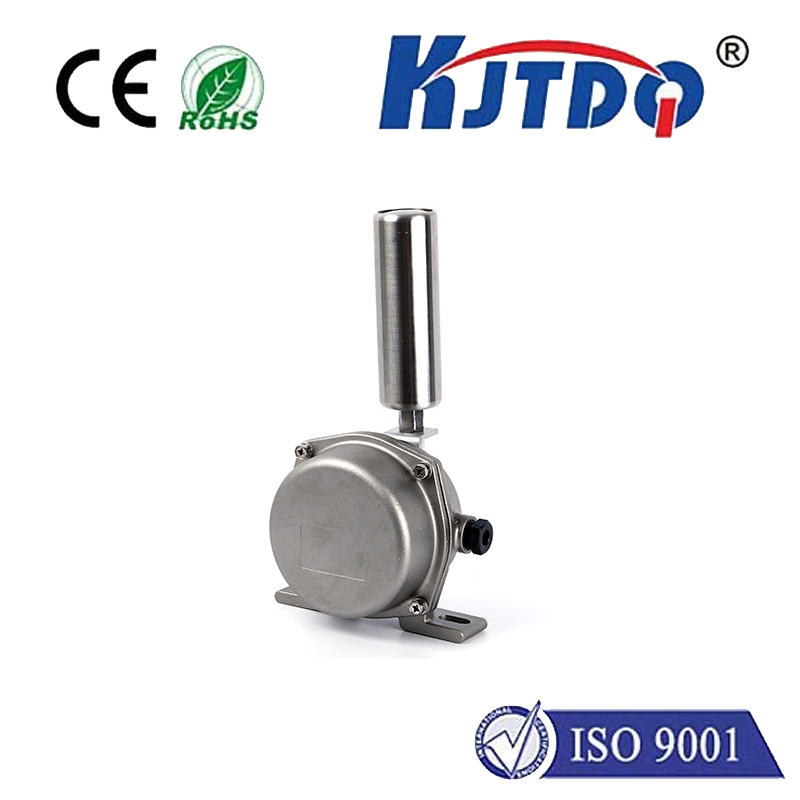30mm inductive proximity sensor
- time:2025-06-13 02:24:38
- Click:0
Unlocking Precision Detection: The Essential Guide to 30mm Inductive Proximity Sensors
Imagine a robotic arm smoothly placing components on an assembly line, or massive metal sheets flawlessly aligned before cutting. A silent, unseen hero often ensures this precision – the inductive proximity sensor. And when the task demands reliable detection at a moderate distance through challenging environments, the 30mm inductive proximity sensor frequently takes center stage. This guide delves into why this specific sensor variant is a cornerstone of modern industrial automation.
At its core, an inductive proximity sensor is a workhorse of non-contact object detection. It operates on a beautifully simple electromagnetic principle. The sensor’s face houses a coil that generates a high-frequency oscillating electromagnetic field. When a metallic target (like steel, aluminum, copper, or brass) enters this field, induced eddy currents form within the target material. These eddy currents draw energy from the sensor’s field, dampening its oscillation. The sensor’s integrated electronics meticulously monitor this energy loss. Once the damping exceeds a predefined threshold, the sensor triggers its output signal (solid-state or relay), reliably signaling the presence of the metal object – all without physical contact.

So, why pinpoint the 30mm inductive proximity sensor? The “30mm” designation specifically refers to its rated operating distance (Sn), standardized according to EN 60947-5-2. This means the sensor is guaranteed to detect a standard target (usually a 1mm thick square of mild steel measuring Sn x Sn) at 30mm away from its sensing face. This distance is a significant factor:
- Versatility: A 30mm sensing range bridges the gap between shorter-range sensors (e.g., 5mm, 8mm) used for tight positioning and very long-range models. It provides ample clearance for objects passing by, accommodating fixtures, reducing collision risk, and allowing flexible mounting positions even where space constraints prevent getting extremely close to the target path.
- Robust Detection: The extended range allows sensors to be mounted further away from potentially harsh environments (e.g., excessive heat, flying debris, strong vibrations, caustic washdowns) while still reliably detecting the target. This enhances sensor longevity and system reliability.
- Handling Variability: In applications where target position might vary slightly due to vibration or mechanical tolerances, or where the exact target shape/size isn’t perfectly consistent, the 30mm inductive proximity sensor offers a broader detection “window,” reducing false negatives or unintended activation.
The practical applications for these versatile sensors are vast across industrial landscapes:
- Position Verification: Confirming the presence or precise location of metal parts on conveyor lines, pallets, or within machine fixtures from a safe distance.
- End-of-Travel Detection: Signaling when a metal actuator, slide, or robotic arm has reached its designated endpoint thanks to the 30mm sensing distance.
- Counting Metal Objects: Reliably tallying items like cans, machined components, or metal containers as they pass by the sensor face.
- Machine Tool Safety: Serving as part of interlock systems to confirm the position of guards or tooling before a machining cycle begins.
- Automated Material Handling: Detecting the presence of metal pallets, skids, or carriers for automated guided vehicles (AGVs) or transfer systems.
Choosing the right 30mm inductive proximity sensor involves considering several key factors beyond just the sensing range:
- Housing Material: Nickel-plated brass is common for general corrosion resistance, while stainless steel variants (V2A/AISI304, V4A/AISI316) are essential for demanding environments like food & beverage processing, chemical plants, or offshore applications. Sensor body ruggedness is critical where physical impact is a risk.
- Electrical Characteristics: Output type (NPN/PNP transistors, NO/NC contacts), operating voltage range (commonly 10-30V DC), current rating, and wiring configuration (2-wire, 3-wire, 4-wire). Choosing the right output ensures compatibility with your PLC or control system.
- Sensing Face Design: Flush-mountable sensors can be embedded in metal surroundings without affecting their performance, offering protection. Non-flush sensors require free space around them but often provide slightly longer ranges for a given housing size. Mounting flexibility is often dictated by application constraints.
- Environmental Specifications: Crucial parameters include Ingress Protection (IP) rating (e.g., IP67, IP68, IP69K) for dust and water resistance, temperature range tolerance, resistance to chemicals, oils, or coolants, and resistance to electrical interference. Environmental resilience is paramount for long-term reliability in tough conditions.
- Target Material: Inductive sensors inherently detect ferrous metals best. While they can detect non-ferrous metals like aluminum or brass, the actual sensing distance for these materials is significantly reduced – often only 30-60% of the rated Sn for mild steel (check datasheets!). Factor this in if detecting non-ferrous targets at 30mm is required. You might need a sensor with a larger nominal range.
Integrating a 30mm Inductive Proximity Sensor Effectively:
- Mounting: Securely mount the sensor. For flush-mount sensors, ensure the surrounding metal is recessed or non-ferrous if specified. Maintain the sensing face orientation perpendicular to the target’s approach direction for maximum range and reliability.
- Adjustment: While preset to Sn, many sensors feature a potentiometer for fine-tuning the sensitivity. This is invaluable for optimizing detection in challenging scenarios like detecting small targets or distinguishing between targets and nearby background metal.
- Wiring: Scrupulously follow the manufacturer’s wiring diagram. Pay attention to cable color codes, output types (sourcing/sinking), and load connections. Proper grounding and shielding are essential for noise immunity in electrically noisy environments like welding cells or near large motors. Correct wiring prevents malfunctions.
- Testing: After installation, thoroughly test the sensor with the actual target material under normal operating conditions. Verify consistent switching at the required distance across variations in speed, temperature, and vibration if applicable.
From monitoring lengthy machine strokes and verifying pallet positions to counting components on fast-moving lines, the 30mm inductive proximity sensor delivers a unique blend of reliable mid-range detection, robust physical construction, and straightforward integration. Its ability to function flawlessly amidst dust, moisture, vibration, and temperature fluctuations, all while requiring zero physical contact or maintenance, solidifies its role as a fundamental component driving efficiency and reliability in countless automated systems. Understanding its capabilities and selection criteria is key to leveraging its full potential in your industrial applications. When that ideal combination of reach, resilience, and reliability is required, the 30mm inductive sensor consistently proves its indispensable worth.






